Ever found yourself wondering how long it takes for an eye test while sitting in the waiting room, checking the clock, and hoping it won’t take forever? You’re not alone. Most people worry whether it will be a quick check or a lengthy process, especially when life already feels busy. That little bit of uncertainty can make the whole appointment feel more stressful than it needs to be.
In this post, we’ll break down what really happens during an eye test and how much time you can expect it to take. You’ll learn about different types of exams, what factors affect the duration, and why the time spent is actually an investment in your vision and overall eye health. By the end, you’ll have a clear idea of what to expect so you can walk into your appointment with confidence.
Why Eye Tests Are Important
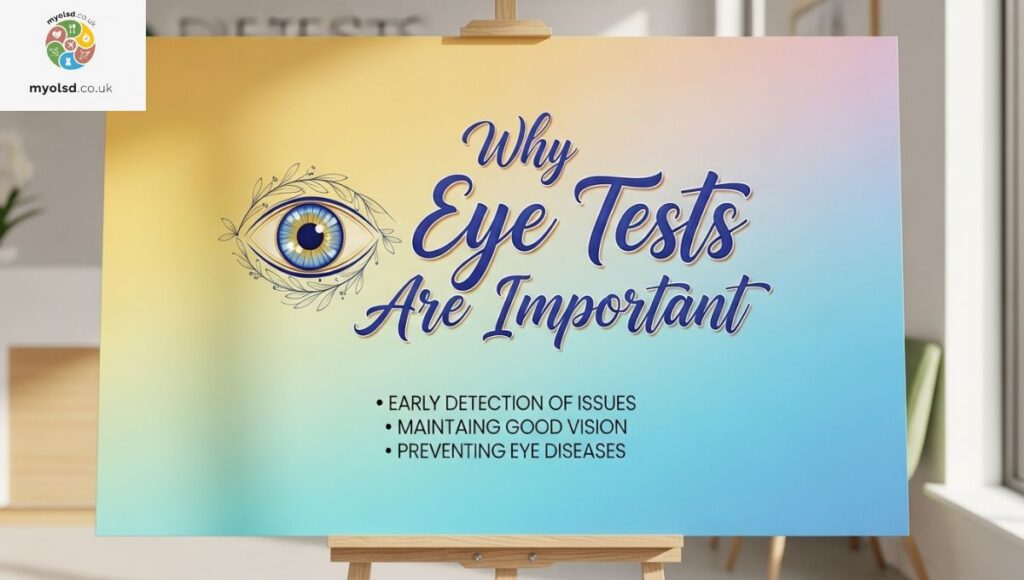
Eye tests are about more than just updating your glasses or contact lens prescription. They are a crucial part of maintaining overall eye health and detecting early signs of conditions such as glaucoma, cataracts, or macular degeneration.
Even if you think your vision is fine, an eye exam can uncover subtle changes that you might not notice day-to-day. Regular check-ups can also catch broader health concerns like diabetes or high blood pressure.
Average Duration of an Eye Test
On average, a standard eye exam takes 20 to 30 minutes. This includes the time for health screening, visual acuity tests, and discussions with your optometrist about results.
If your exam involves more advanced checks such as pupil dilation, retinal imaging, or additional diagnostic tests, the appointment may take closer to 45 to 60 minutes. Children’s and seniors’ exams may also last slightly longer, depending on individual needs.
Read more Article:How Long Does Matcha Powder Last
What Affects the Time of an Eye Test?
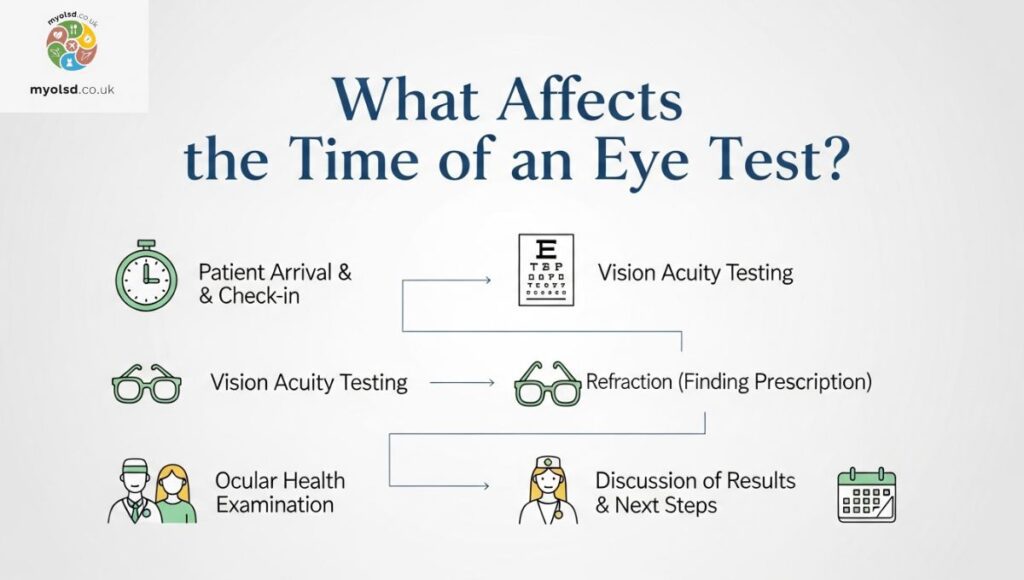
Several factors can affect how long does it takes for an eye test. The complexity of your vision needs, whether you wear contact lenses or if you have a family history of eye disease, can all add a few extra minutes.
Additional screenings, like checking for glaucoma or diabetic eye disease, may also extend the duration. If your eyes need dilation, expect to add another 20 to 30 minutes to the overall appointment.
Step 1: Eye Health Screening
Most exams begin with a quick health screening. This might include an auto-refractor test (looking at a distant image), a non-contact tonometer (the “puff of air” test), or digital retinal photography.
These checks usually take only a few minutes but are important for identifying eye pressure levels, corneal curvature, and early warning signs of disease.
Step 2: The Vision Test
Next comes the part most people recognize the visual acuity test using a letter chart. Your optometrist may also perform a cover test to check how well your eyes work together or use a slit lamp to examine the front structures of your eye.
This section of the exam usually lasts 10 to 15 minutes and provides the main information needed for your glasses or contact lens prescription.
Step 3: Personal Recommendations
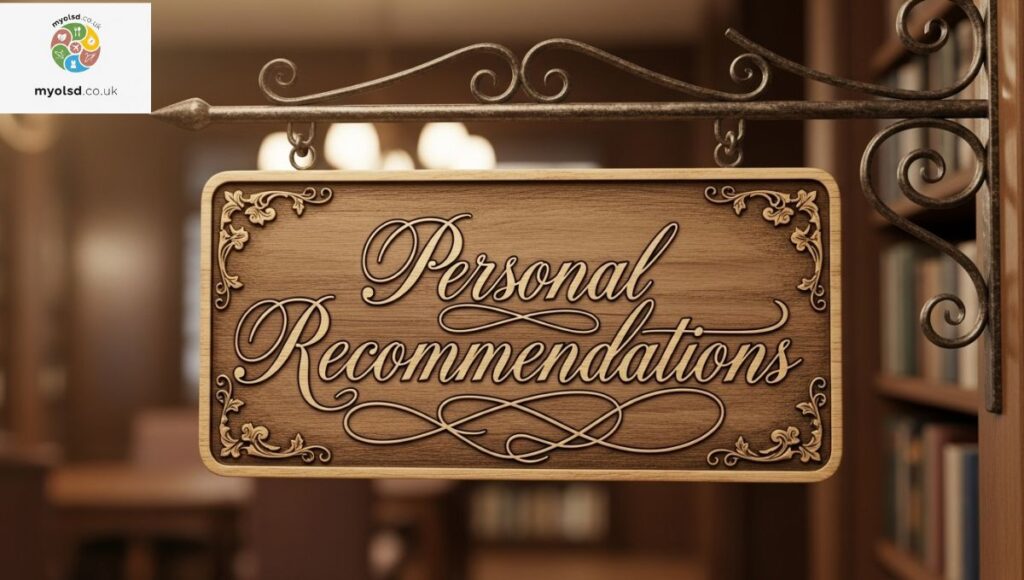
After the tests, your optometrist will explain your results in simple terms. They may suggest updating your prescription, making lifestyle adjustments (like reducing digital screen strain), or monitoring for early signs of eye conditions.
This conversation usually takes 5 to 10 minutes, but it’s a chance to ask any questions about your vision or eye health.
Children’s Eye Exams
For kids, exams can take slightly longer typically 30 to 45 minutes. This is because extra checks are done for developmental vision, binocular coordination, and learning-related issues.
Since children may take a little more time to respond during tests, optometrists often move at a slower, more comfortable pace.
Senior Eye Exams
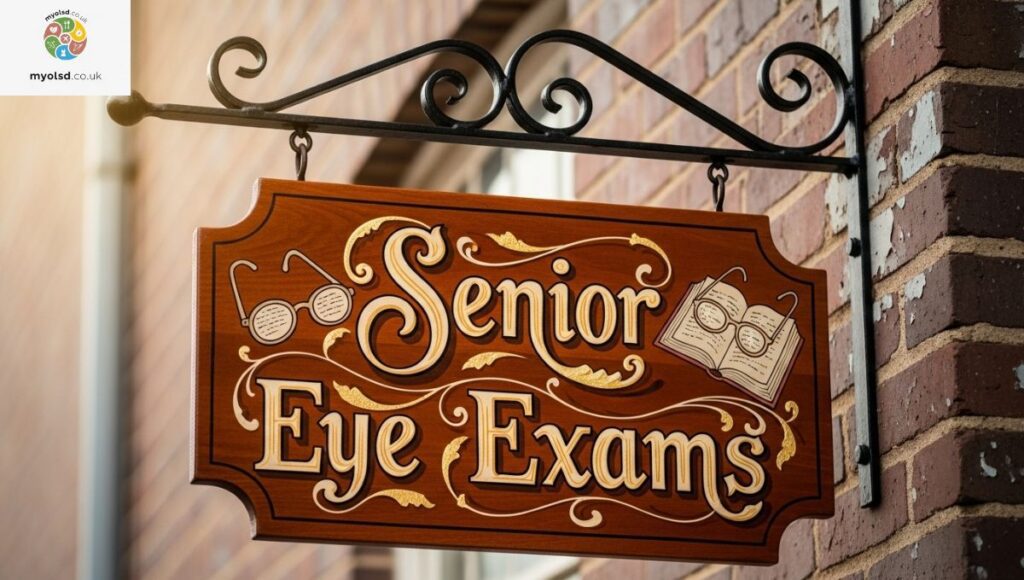
Seniors may also spend longer in the exam room, especially if screening for age-related conditions like cataracts or macular degeneration.
Expect these appointments to last 40 to 60 minutes, particularly if advanced imaging or pupil dilation is included.
Eye Test Duration With Dilation
If your exam involves dilation drops, it will extend your visit by at least 20 to 30 minutes. The drops take time to fully widen your pupils, allowing the optometrist to examine the retina and optic nerve more thoroughly.
While dilation adds time, it’s one of the best tools for detecting serious eye diseases at an early stage.
How Often Should You Have an Eye Test?
Most adults should schedule a routine exam every two years. However, if you have conditions like diabetes, high blood pressure, or a family history of eye disease, you may need annual visits.
Children should have their first eye exam around age 3, before starting school, and then every 1–2 years depending on their vision needs.
Tips to Make Your Eye Test Smoother
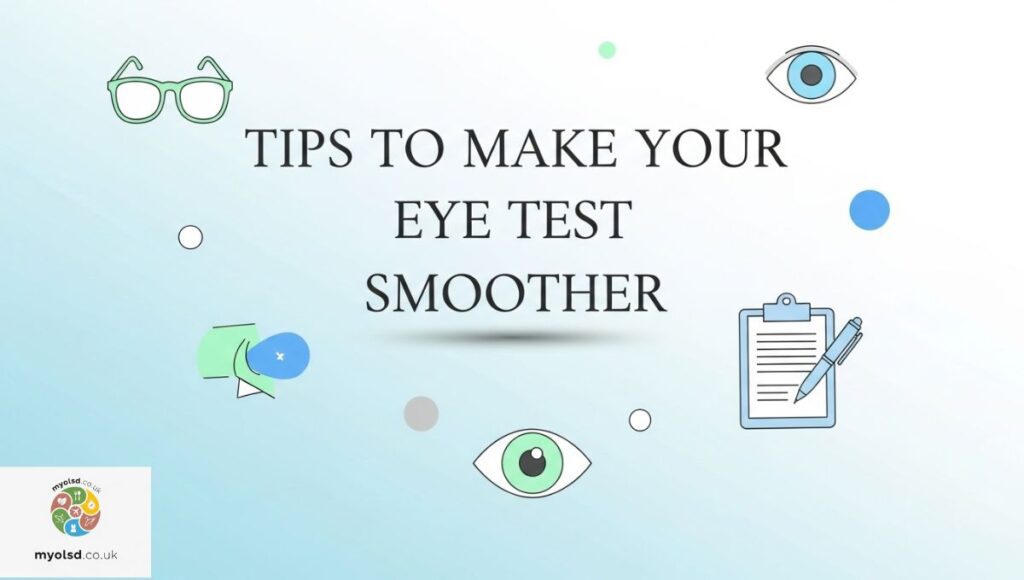
To save time, bring along your current glasses, contact lenses, and a list of any medications you’re taking. Arriving 10 minutes early helps with intake paperwork and ensures your appointment runs smoothly.
If you’re nervous, let your optometrist know they can walk you through each step so you feel more comfortable during the process.
Final Thoughts
So, how long does it take for an eye test? For most people, about 20 to 30 minutes, with more detailed exams lasting closer to an hour. Children and seniors may need a little more time, especially if dilation is required.
No matter the duration, the time spent on an eye test is small compared to the benefits of maintaining clear vision and protecting your long-term eye health. Booking that appointment is always worth it.
FAQS
How long does it take for an eye test?
A standard eye test usually takes 20 to 30 minutes, or up to an hour with extra checks.
How long is an eye test good for?
An eye test is typically valid for about 1 to 2 years, depending on your eye health and age.
How many times should you get an eye test?
Most adults should have an eye test every two years, or more often if advised.
How long does a visual eye test take?
A simple visual eye test takes around 10 to 15 minutes.
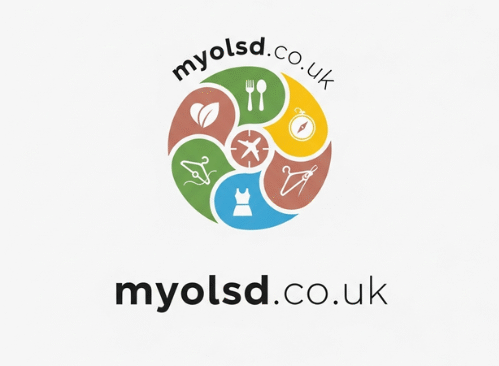
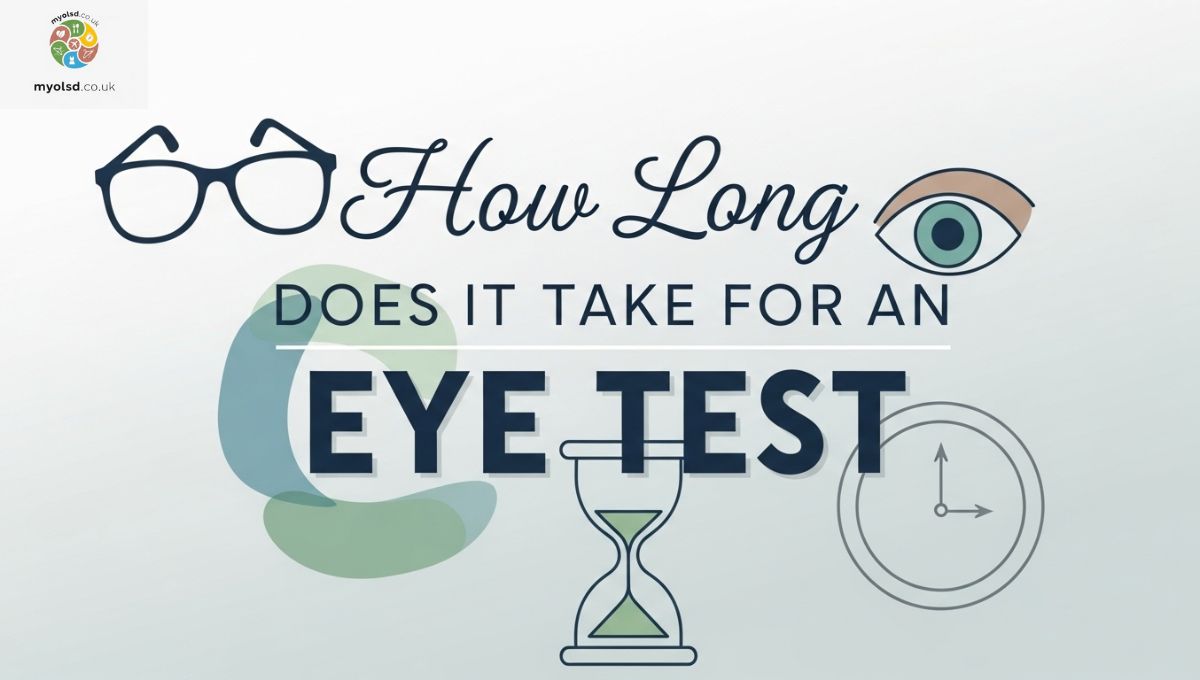
Good